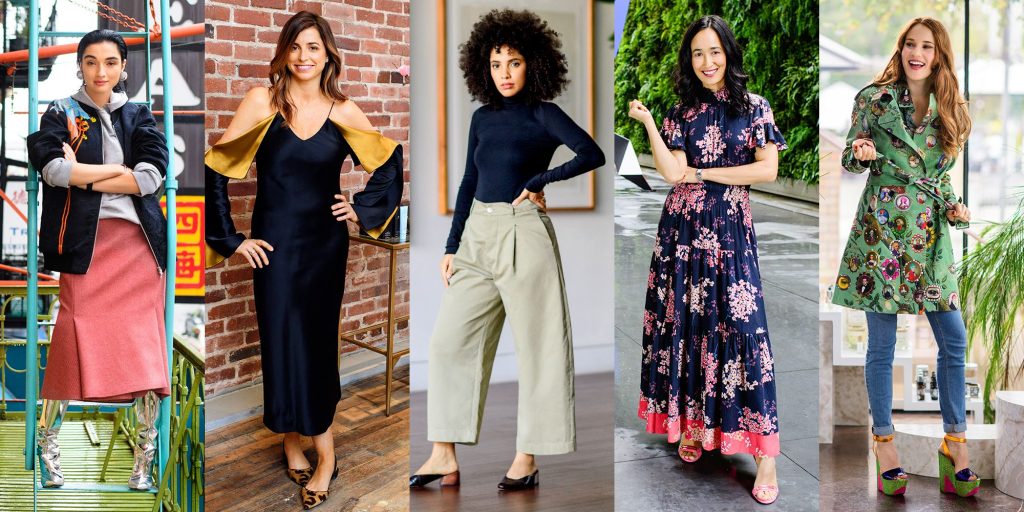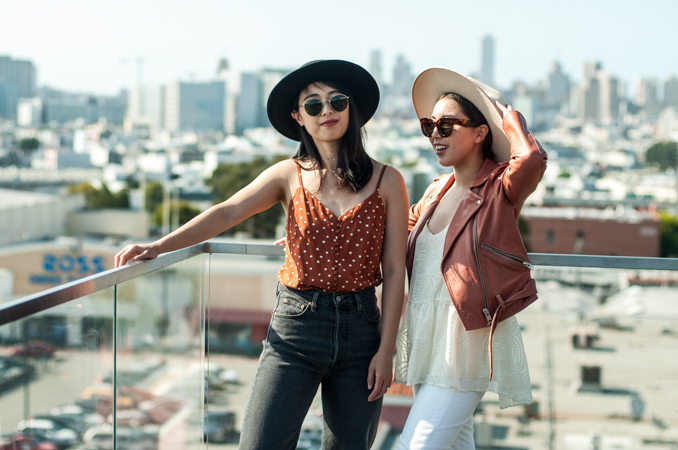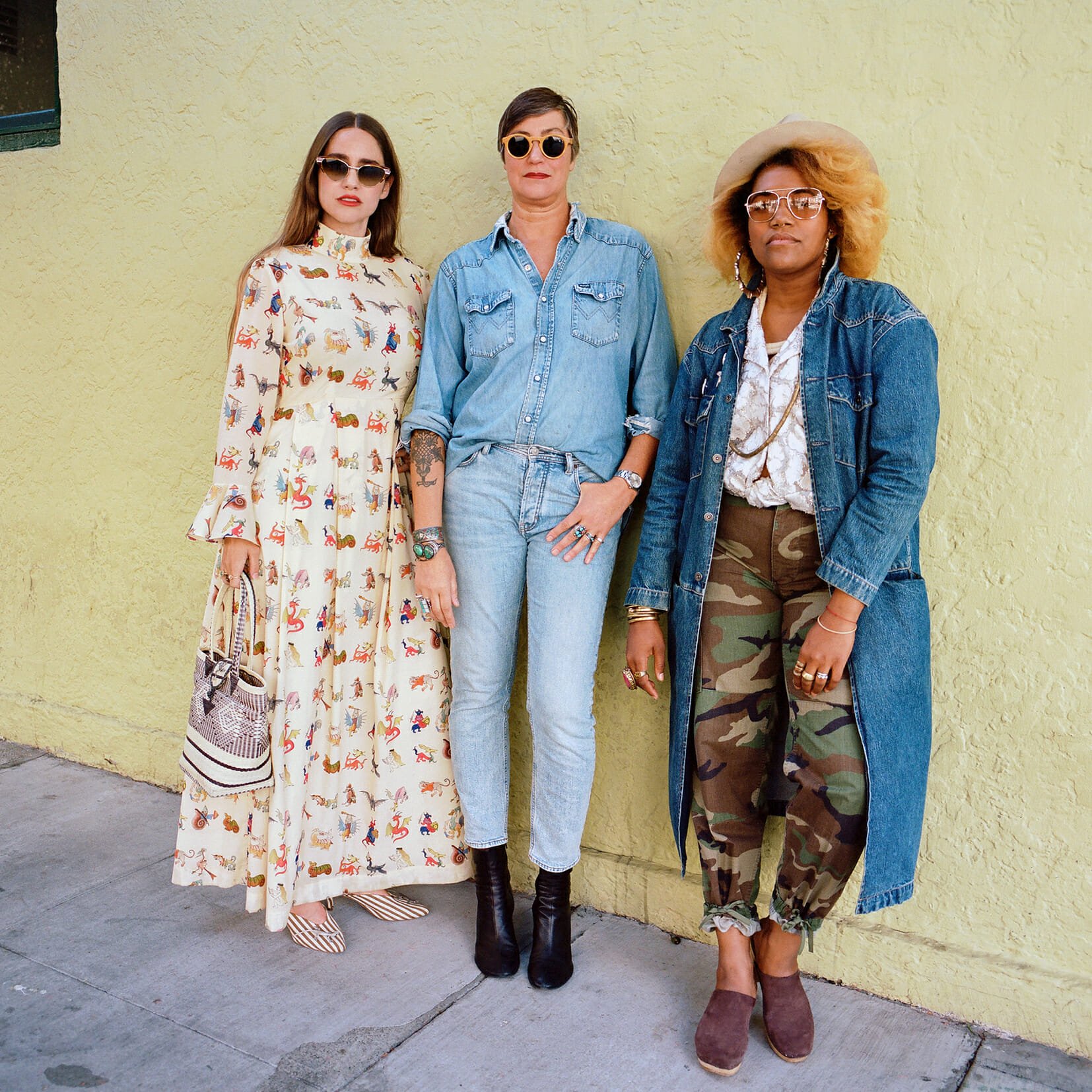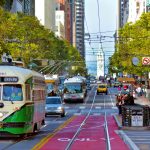Despite the fact that the city is known for its fashion, style in San Francisco is not as affluent as other cities in the United States. The 1920s, a fashion hub for the Bay Area, was a popular time for fashion in the city.
Layers are important
Whether you are visiting San Francisco or you live there, you will need to layer your clothing in order to protect yourself from unpredictable weather. The weather in San Francisco can be unpredictable because of the competition between oceanic and continental winds. These winds can cause unpredictable temperature fluctuations.
The temperature can be hot during the day, but it can also be cold at night. To make sure that you are not cold in the afternoon, you will want to wear a light jacket. Also, you will want to pack some extra clothing, such as a sweater or a cardigan. This extra layer will help camouflage any bulges or figure variations.
If you are visiting San Francisco in the winter, you will want to wear a light sweater or a leather jacket. You will also want to pack some warmer clothing, such as a cardigan or a hoodie.
In the spring and fall, you will want to pack light jackets or water-resistant boots. You will also want to wear clothes that will keep you warm, but allow you to be flexible.

The 1920s were a fashion hub in the Bay Area
Unlike the Victorian era, the 1920s were not all about dress up. Rather, they were about breaking the rules. For example, people would wear dresses with sleeveless tops and pants. Also, the flapper look was considered the fashion fad of the day.
The flapper look was characterized by a sleeveless dress with a plunging waistline and high slits. It also had feather boas and wigs. These were only some of the innovations in 1920s fashion.
The 1920s was also the time when sportswear as daywear became a trend. This was often attributed to the fashion guru, Coco Chanel. It was also the decade in which the bob became a fashion trend.
The ’20s was also a time when the average person was able to afford a full wardrobe. People looked put together when out and about, even if they were only dressed to go to work. The most popular sport for women was tennis.
The most notable aspect of 1920s fashion was the fact that it was cheaper than it had been in the past. This was due to the use of cheaper materials. The use of artificial silk also helped to cut down on costs. Embroidery also played a big part in creating a glamorous look.
The city is a nonstop city
Whether you’re looking for a good night’s sleep, a good meal or a cool place to shop, there’s always something going on in San Francisco. There are plenty of fashionable locales to explore, such as the Castro District, North Beach and the Marina district. The city also hosts four festivals during the year, including the Cherry Blossom Festival in late March and the Gay Pride Parade in June.
One of the more interesting features of the city is the number of fashion and music stores it has. There are many local designers who have teamed up to sell their wares. Several of the best shops can be found in the Haight district, where a lot of hipsters hang out. There’s also the new “green” Federal Building in South Market designed by Thom Mayne. A few of the more popular names include HUF, Jeremy’s and Minnie Wilde. The latter also happens to be owned by one of the most stylish ladies in town, Minnie Mott.
Style in San Francisco is more casual than affluent

During the 1930s, San Francisco’s clothing industry split into two factions. The more wealthy, affluent faction sought to dress up to impress their social circles, while the working class sought to improve their economic status through dress. The fashion industry in San Francisco grew rapidly, and the city became a hotspot for the manufacture of luxury labels.
Today, San Francisco’s residents don’t have to dress up to impress. In fact, they often dress down. The city’s high-end arts scene is often dressed down as well, with many patrons wearing jeans or other casual apparel. However, the Bay Area’s cultural cliques share an aspiration for transcendence.
Some of San Francisco’s most prominent cultural cliques include the tech industry, the outdoors, and the deadheads. Many of these groups share a common aesthetic predilection for Victorian-era Wild West fashion. They often source their supplies from legendary thrift stores in San Francisco.
While many transplants from out of town arrive in formal attire, locals usually wear something more casual. One guy I know, Jarrett Fuller, moved to San Francisco last spring and has been wearing the same outfit each day for a year. He owns multiples of each item he wears. He works at a publicly traded social network.




